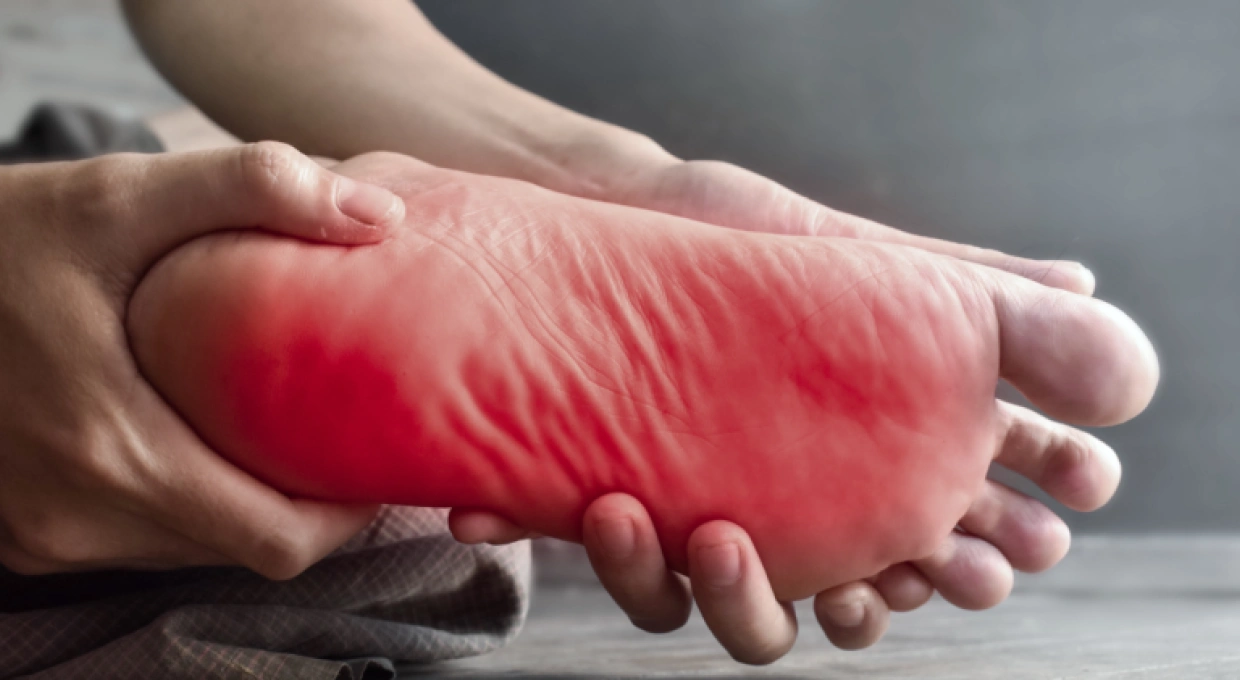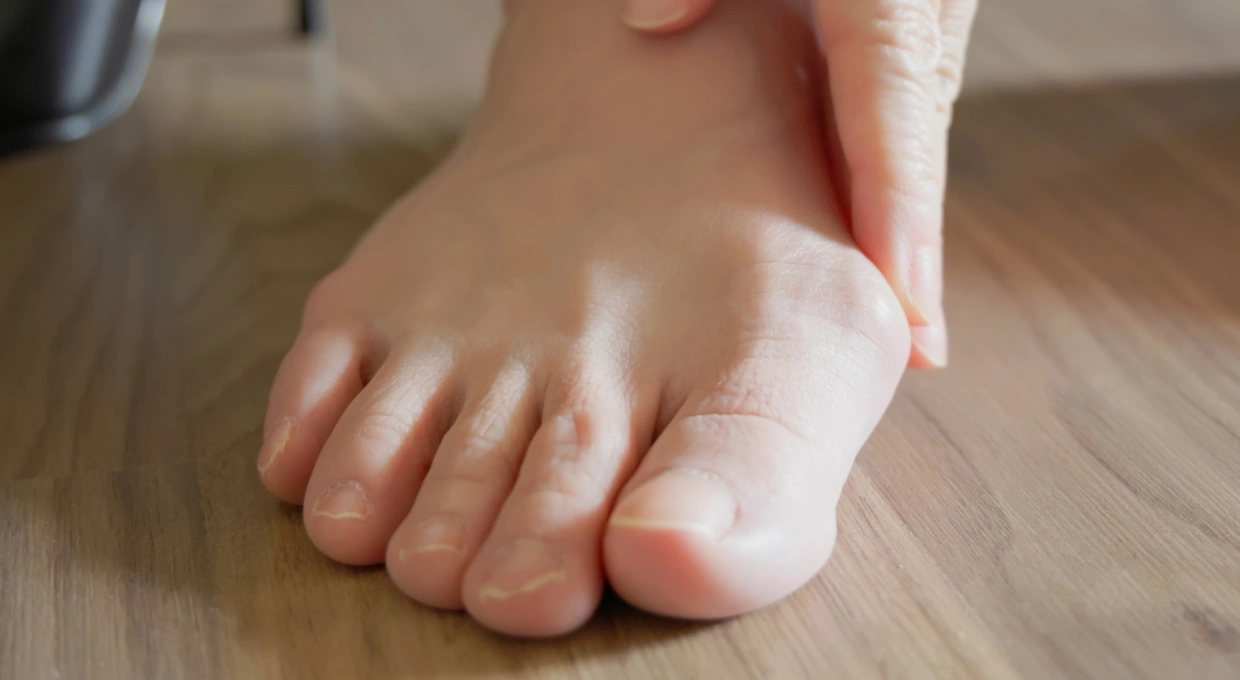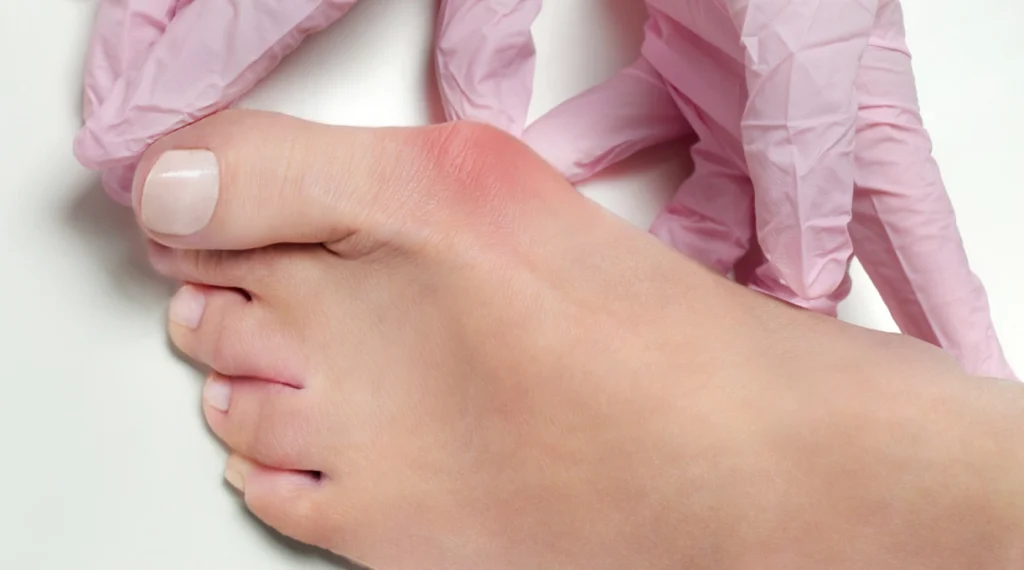Foot problems can significantly affect a person’s quality of life and mobility. Feet are complex structures that support our weight and allow movement, so it is crucial to keep them in good condition. Some of the most common problems and their possible treatments are described below.
Skin lesions
Helomas or Calluses Corns are areas of thickened skin that develop due to friction or excessive pressure. They can be painful and cause discomfort when walking. Corns usually form on the sole of the foot, toes or heel, and can be caused by improper footwear or gait. Treatment includes the use of proper footwear, orthotics and, in some cases, removal of the thickened skin by a podiatrist. Plantar Warts Caused by the human papillomavirus (HPV), these warts can be painful and are contagious. They develop on the sole of the foot and can be mistaken for corns. Plantar warts usually have small black dots on their surface and may cause pain when walking. Treatment includes the use of topical medications, cryotherapy (freezing the wart) and, in severe cases, surgery.
Foot deformities

Hallux Valgus (Bunions) This foot deformity, characterized by the deviation of the big toe toward the other toes, can be very painful and make it difficult to wear shoes. Bunions can be caused by genetic factors, improper footwear or biomechanical problems. Treatment may include the use of wide and comfortable shoes, orthopedic insoles, and in severe cases, corrective surgery. Claw and Hammer Fingers These deformities occur when the fingers are abnormally curved. Claw toes bend downward at the middle and end joints, while hammertoes bend only at the middle joint. These conditions can cause pain, calluses and difficulty walking. Treatment may include proper footwear, exercises to stretch and strengthen the toes, and in severe cases, surgery.
Painful disorders
Plantar fasciitis Plantar fasciitis is an inflammation of the tissue that runs along the sole of the foot, causing a sharp pain in the heel. This condition is common in runners and people who spend a lot of time on their feet. Treatment includes the use of orthotics, stretching exercises, physical therapy, and in some cases, corticosteroid injections or surgery. Morton’s neuroma This condition involves a thickening of the tissue around the nerves leading to the toes, causing pain and numbness. Morton’s neuroma most often occurs between the third and fourth toes and can be exacerbated by wearing tight-fitting shoes. Treatment may include the use of wider shoes, orthopedic insoles, physical therapy and, in severe cases, corticosteroid injections or surgery.
Infections and other conditions
Athlete’s Foot Athlete’s foot is a fungal infection that affects the skin of the foot, causing itching, redness and cracking. Athlete’s foot is common in people who sweat a lot or frequent moist areas such as swimming pools and locker rooms. Treatment includes the use of topical antifungal medications and keeping the feet clean and dry. Onychomycosis A fungal infection that affects the toenails, causing thickening, discoloration and crumbling of the nails. Onychomycosis can be difficult to treat and may require oral and topical antifungal medications as well as good foot hygiene.
Disorders related to the arch of the foot
Flat Foot Flatfoot is a condition in which the arch of the foot is flattened, which can cause pain and postural problems. This condition may be congenital or develop over time due to weak tendons. Treatment may include the use of orthotics, exercises to strengthen the foot muscles and, in severe cases, surgery. Cavus Foot Pes cavus is a condition in which the arch of the foot is abnormally high, which can cause pain and balance problems. This condition can be caused by neurological or genetic factors. Treatment may include the use of orthotics, exercises to improve foot flexibility and, in severe cases, surgery.
Circulation problems
Peripheral Artery Disease (PAD) PAD is a condition in which the arteries that supply blood to the legs and feet become narrowed or blocked, which can cause pain and ulcers in the feet. Treatment may include lifestyle changes, medications to improve circulation and, in severe cases, surgical procedures to restore blood flow. Diabetic Ulcers People with diabetes have an increased risk of developing foot ulcers due to circulation problems and neuropathy (nerve damage). These ulcers can be difficult to heal and can lead to serious infections. Treatment includes careful blood sugar management, special foot care and, in severe cases, surgery.
Treatments and recommendations
It is essential to address any foot problems with the help of a podiatric specialist. Treatments may include:
- Topical or oral medications for fungal infections.
- Minimally invasive surgery to correct deformities such as bunions and hammertoes.
- Physical therapies and orthotics to treat biomechanical problems and chronic pain.
- Custom orthopedic insoles to provide additional support and pressure relief in problem areas.
- Stretching and strengthening exercises to improve flexibility and strength of the foot muscles.
- Use of appropriate footwear that offers support, cushioning and good ventilation to keep feet dry and comfortable.
Conclusion
Taking care of your feet is essential to maintain good mobility and quality of life. At Clinica San Roman, we offer specialized treatments for a wide range of foot problems. If you are experiencing foot discomfort or pain, contact us today to schedule an appointment to receive the best possible care. Our team of experts is here to help you keep your feet healthy and in perfect condition.



